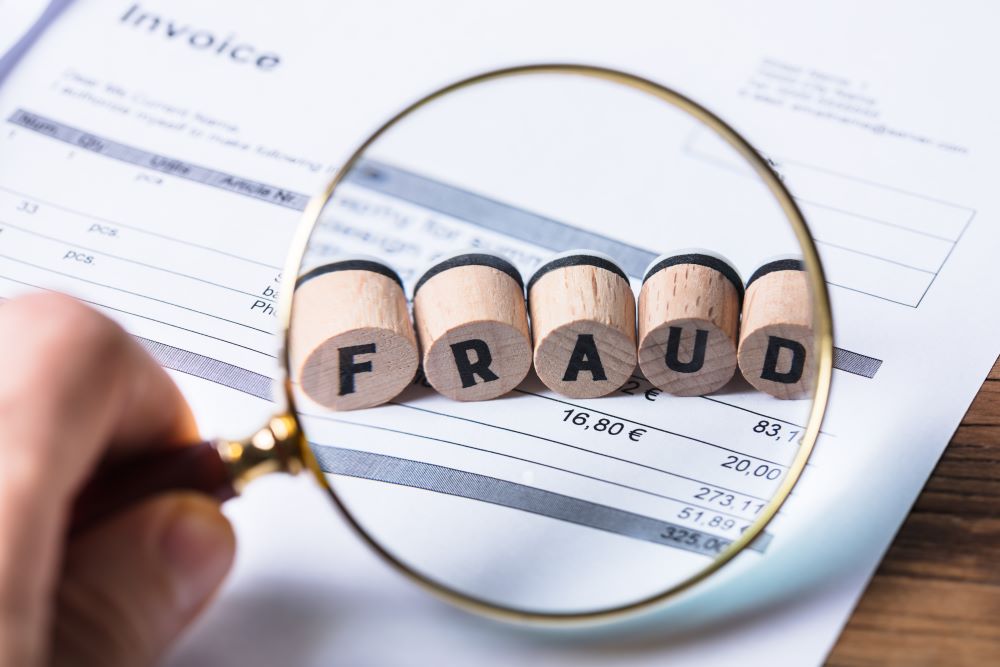June 22, 2021
The Increasing Cost of Fraud to Nonprofits

The COVID-19 pandemic presented several and significant challenges for many Atlanta nonprofit organizations. The stay-at-home orders combined with social distancing rules not only impacted daily operations, the ability to deliver programs and services, but also had a devastating impact on revenue generation. In-person fundraisers, annual events, award programs, and more, which generate needed funds were scrapped requiring many to heavily rely on online efforts. In other words, nonprofits struggled. This reality makes fraud losses at a nonprofit so bitter knowing that needed resources have been stolen. The amount of loss arising from fraud can be devastating. According to the 2020 ACFE Report to the Nations, the median, per incident, nonprofit fraud loss was $76,000. This number highlights the importance of fraud prevention and the related savings potential. To help clients, prospects, and others, Wilson Lewis has provided a summary of the key survey findings below.
About the Report
The report was conducted online to Certified Fraud Examiners globally between July and September 2019. Participants were presented with 77 questions regarding details of the fraud case including information about the perpetrator, victim organization, methods of fraud employed, and trends in general. There was a total of 7,516 total responses received but only 2,504 were usable for purposes of the report.
Key Survey Findings
- Common Fraud Schemes – The report wanted to identify the most common schemes used at nonprofits to help management design more effective controls. It was found that in 41% of cases that corruption was the most common scheme, 30% billing fraud, 23% reported expense reimbursements, 17% cash on hand, 15% skimming, 14% check and payment tampering, 12% cash larceny, 12% payroll fraud and 11% of cases included financial statement fraud.
- Detection Methods – Building on the information above, the report also wanted to identify the most effective detection techniques. It was discovered that in 40% of cases the fraud was detected through a tip or complaint, 17% internal audit, 13% management review, 7% by accident, and 6% of cases were uncovered through document examination. Based on this information, it appears organizations should strongly consider adding a tip or reporting method.
- Top Control Weaknesses – The report also looked at the top control weaknesses prevalent amongst organizations. It was found that 35% of respondents suffer from a lack of internal controls, 19% lack of management review, and 14% regular overrides of existing internal controls. It is essential to a prevention program to not only ensure controls are in place but that they are being used properly.
- Fraud Perpetrators – When examining the fraud cases, it was found the highest number of fraud cases were perpetrated by top-level executives. According to the report, 39% of cases were perpetrated by executives, 35% by managers/supervisors, and 23% by employees (full or part-time). In addition, the median loss of fraud committed by executives was $250,000 per incident, managers/supervisors $95,000 per incident, and employees was $21,000 per incident. Since it appears the most financial damage can be caused by senior executives, it is imperative to design controls that monitor their activity as well.
- Anti-Fraud Controls – Since nonprofits typically do not have the same financial resources as for-profit companies, it often means fewer controls resulting in greater fraud exposure. It was found that only 21% of nonprofits conduct surprise audits versus 40% of other companies, 24% formal fraud risk assessments versus 43%, 44% management review versus 68% and 57% use an internal audit department versus 77%. This reality means that organizations need to carefully plan how to use limited resources for the greatest protection possible.
Contact Us
The reality is that fraud prevention can never be guaranteed, but by applying the report findings management and the Board of Directors can make serious strides forward. If you have questions about the information outlined above, suspect fraud may be occurring, or need assistance with another issue, Wilson Lewis can help. For additional information call us at 770-476-1004 or click here to contact us. We look forward to speaking with you soon.

